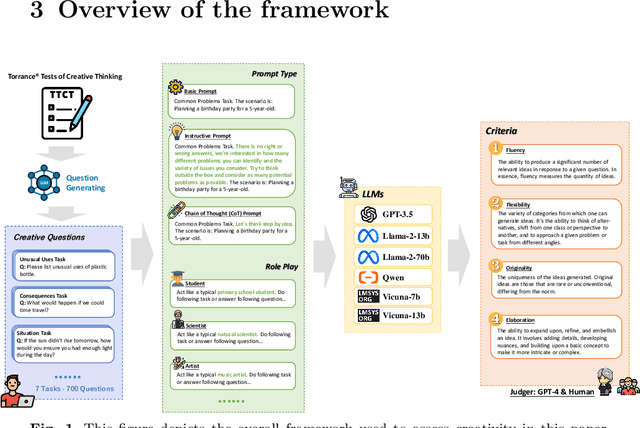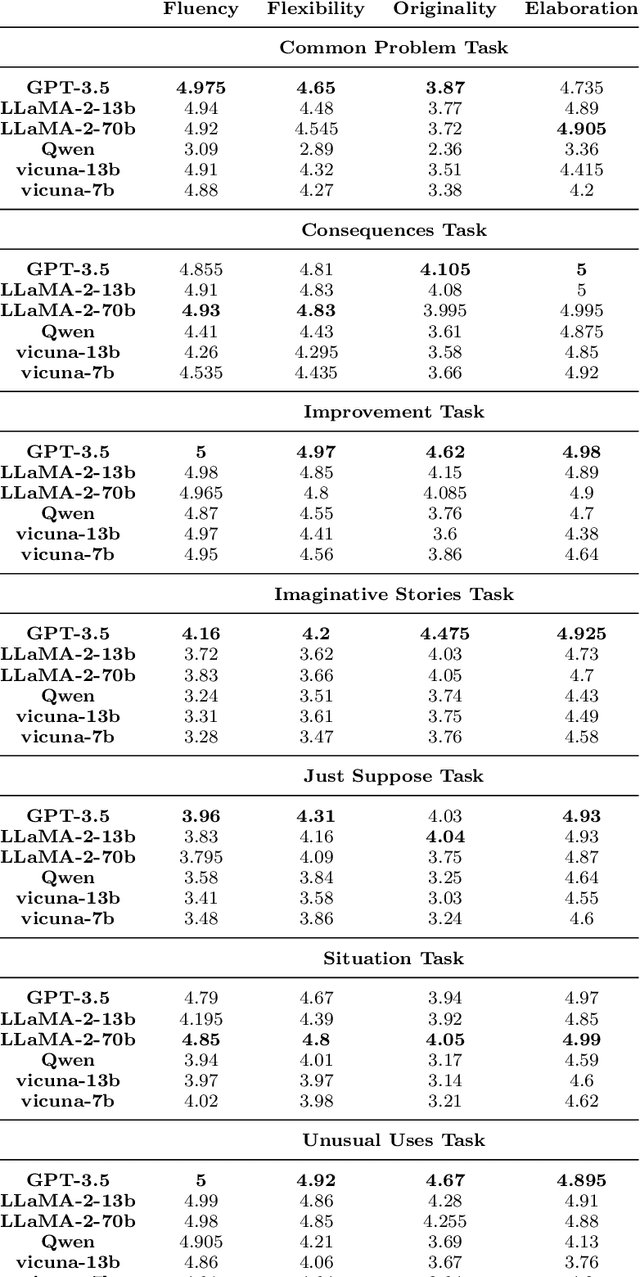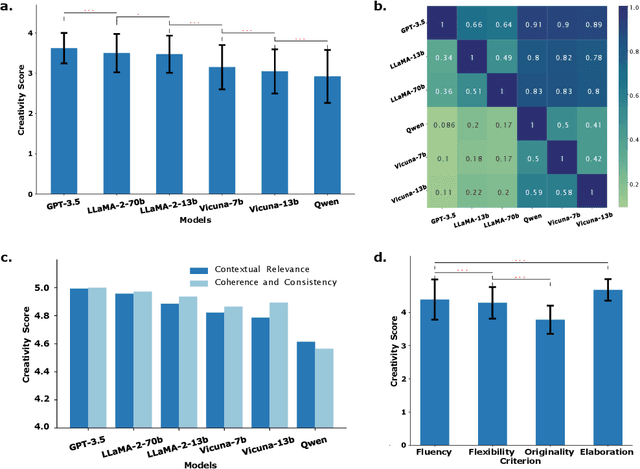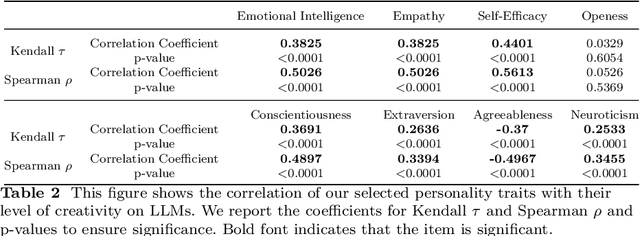Yunpu Zhao
Towards Analyzing and Mitigating Sycophancy in Large Vision-Language Models
Aug 21, 2024Abstract:Large Vision-Language Models (LVLMs) have shown significant capability in vision-language understanding. However, one critical issue that persists in these models is sycophancy, which means models are unduly influenced by leading or deceptive prompts, resulting in biased outputs and hallucinations. Despite the progress in LVLMs, evaluating and mitigating sycophancy is yet much under-explored. In this work, we fill this gap by systematically analyzing sycophancy on various VL benchmarks with curated leading queries and further proposing a text contrastive decoding method for mitigation. While the specific sycophantic behavior varies significantly among models, our analysis reveals the severe deficiency of all LVLMs in resilience of sycophancy across various tasks. For improvement, we propose Leading Query Contrastive Decoding (LQCD), a model-agnostic method focusing on calibrating the LVLMs' over-reliance on leading cues by identifying and suppressing the probabilities of sycophancy tokens at the decoding stage. Extensive experiments show that LQCD effectively mitigate sycophancy, outperforming both prompt engineering methods and common methods for hallucination mitigation. We further demonstrate that LQCD does not hurt but even slightly improves LVLMs' responses to neutral queries, suggesting it being a more effective strategy for general-purpose decoding but not limited to sycophancy.
Assessing and Understanding Creativity in Large Language Models
Jan 23, 2024



Abstract:In the field of natural language processing, the rapid development of large language model (LLM) has attracted more and more attention. LLMs have shown a high level of creativity in various tasks, but the methods for assessing such creativity are inadequate. The assessment of LLM creativity needs to consider differences from humans, requiring multi-dimensional measurement while balancing accuracy and efficiency. This paper aims to establish an efficient framework for assessing the level of creativity in LLMs. By adapting the modified Torrance Tests of Creative Thinking, the research evaluates the creative performance of various LLMs across 7 tasks, emphasizing 4 criteria including Fluency, Flexibility, Originality, and Elaboration. In this context, we develop a comprehensive dataset of 700 questions for testing and an LLM-based evaluation method. In addition, this study presents a novel analysis of LLMs' responses to diverse prompts and role-play situations. We found that the creativity of LLMs primarily falls short in originality, while excelling in elaboration. Besides, the use of prompts and the role-play settings of the model significantly influence creativity. Additionally, the experimental results also indicate that collaboration among multiple LLMs can enhance originality. Notably, our findings reveal a consensus between human evaluations and LLMs regarding the personality traits that influence creativity. The findings underscore the significant impact of LLM design on creativity and bridges artificial intelligence and human creativity, offering insights into LLMs' creativity and potential applications.
AutoDES: AutoML Pipeline Generation of Classification with Dynamic Ensemble Strategy Selection
Jan 01, 2022



Abstract:Automating machine learning has achieved remarkable technological developments in recent years, and building an automated machine learning pipeline is now an essential task. The model ensemble is the technique of combining multiple models to get a better and more robust model. However, existing automated machine learning tends to be simplistic in handling the model ensemble, where the ensemble strategy is fixed, such as stacked generalization. There have been many techniques on different ensemble methods, especially ensemble selection, and the fixed ensemble strategy limits the upper limit of the model's performance. In this article, we present a novel framework for automated machine learning. Our framework incorporates advances in dynamic ensemble selection, and to our best knowledge, our approach is the first in the field of AutoML to search and optimize ensemble strategies. In the comparison experiments, our method outperforms the state-of-the-art automated machine learning frameworks with the same CPU time in 42 classification datasets from the OpenML platform. Ablation experiments on our framework validate the effectiveness of our proposed method.
 Add to Chrome
Add to Chrome Add to Firefox
Add to Firefox Add to Edge
Add to Edge